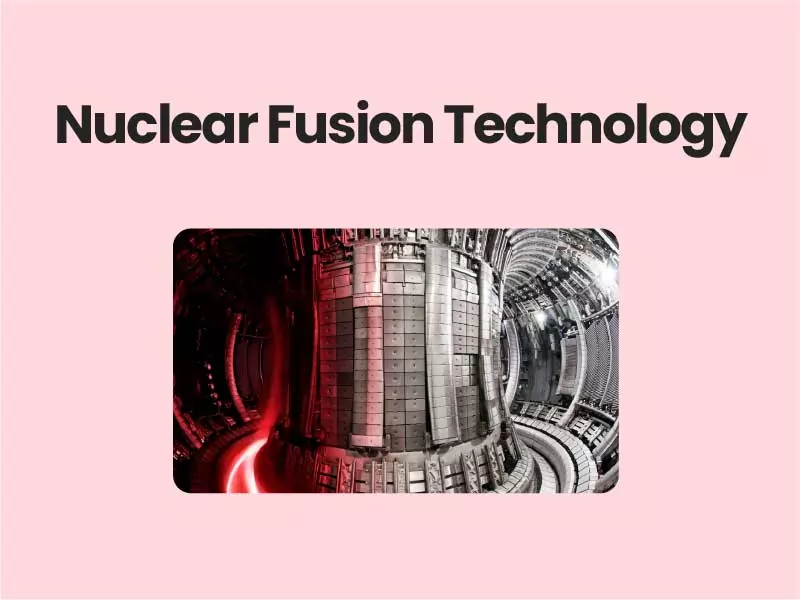Companion@360 → 7 Month programme to sharpen your writing skills → REGISTER NOW

Nuclear Fusion Technology
A team at the Joint European Torus (JET) facility near Oxford in central England generated 59 megajoules of sustained energy during an experiment in December, more than doubling a 1997 record.
This is a new milestone in producing nuclear fusion energy, or imitating the way energy is produced in the Sun.
The energy was produced in a machine called a tokamak, a doughnut-shaped apparatus.
Besides, the JET site is the largest operational one of its kind in the world.
The record and scientific data from these crucial experiments are a major boost for ITER.
Nuclear fusion
Nuclear fusion is a reaction in which two or more atomic nuclei are combined to form one or more different atomic nuclei and subatomic particles.
The difference in mass between the reactants and products is manifested as either the release or the absorption of energy.
Energy by nuclear fusion is one of mankind’s long standing quests as it promises to be low carbon, safer than how nuclear energy is now produced and, with an efficiency that can technically exceed a 100%.
A kg of fusion fuel contains about 10 million times as much energy as a kg of coal, oil or gas.
Deuterium and tritium, which are isotopes of hydrogen, are heated to temperatures 10 times hotter than the centre of the sun to create plasma.
This is held in place using superconducting electromagnets as it spins around, fuses and releases tremendous energy as heat.
